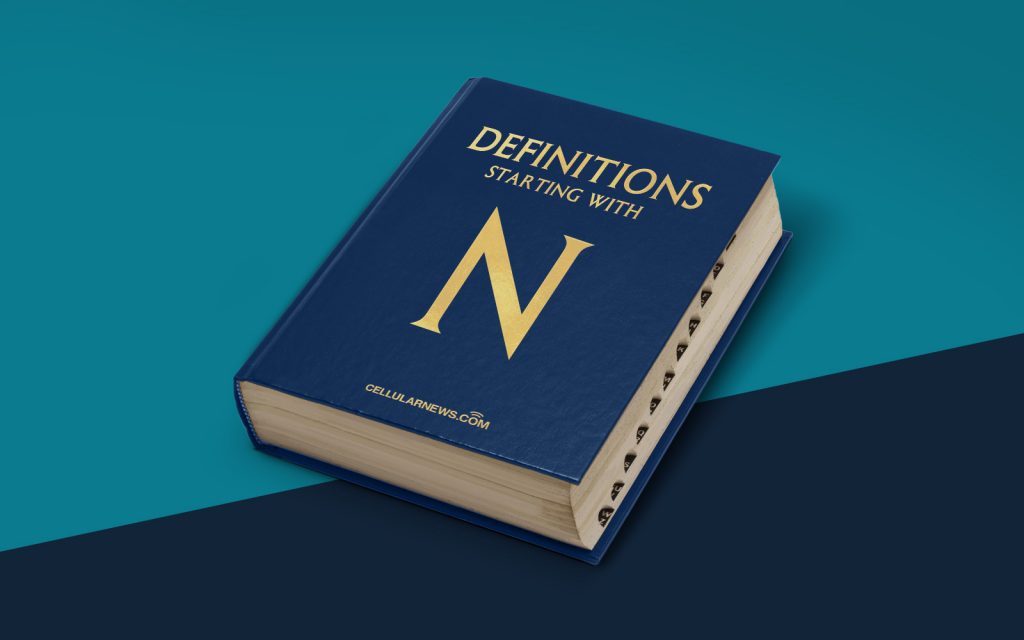
Understanding Noise Figure (NF): A Comprehensive Definition
Welcome to our DEFINITIONS category, where we demystify technical terms and concepts to help you navigate the world of technology. In this blog post, we’ll explore the concept of Noise Figure (NF), a crucial parameter in electronic systems. So, what exactly is Noise Figure, and why is it important? Let’s dive in and find out!
What is Noise Figure?
In simple terms, Noise Figure (NF) is a measure of the amount of noise introduced into an electronic system compared to the amount of noise present at the input. It quantifies the degradation of the signal-to-noise ratio (SNR) caused by the system itself. The lower the Noise Figure, the better the performance of the system in terms of minimizing noise.
Key Takeaways:
- Noise Figure (NF) measures the degradation of the signal-to-noise ratio caused by an electronic system.
- A lower Noise Figure indicates better performance in minimizing noise.
Now, let’s dig a little deeper to get a better grasp of the concept.
Why is Noise Figure Important?
Noise Figure plays a critical role in various fields, including telecommunications, electrical engineering, and radio frequency systems. Here are two key reasons why understanding and managing Noise Figure is essential:
- Signal Integrity: Noise Figure directly affects the quality of the signal received and processed by a system. A higher Noise Figure means decreased signal quality, leading to lower accuracy and reduced system performance. By optimizing the Noise Figure, engineers can improve signal integrity and ensure optimal system functioning.
- Receiver Sensitivity: In communication systems, the receiver sensitivity determines how weak a signal the system can detect and reliably process. A lower Noise Figure correlates with better receiver sensitivity, allowing for the reception and interpretation of faint signals with higher accuracy. This is particularly crucial in applications like satellite communications and wireless networks, where weak signals must be captured and decoded.
How is Noise Figure Calculated?
Noise Figure is typically expressed as a ratio in decibels (dB). The formula for Noise Figure calculation is:
Noise Figure (NF) = (Output Noise Power) / (Input Noise Power)
In practice, measuring Noise Figure involves making precise measurements of the input and output noise power levels using specialized instruments and techniques.
In Conclusion
Noise Figure (NF) is a vital parameter in electronic systems that directly affects signal integrity and receiver sensitivity. By understanding and managing Noise Figure, engineers can optimize system performance and achieve reliable signal processing. As you delve deeper into the world of electronics, keep in mind the significance of Noise Figure and its impact on overall system function.
